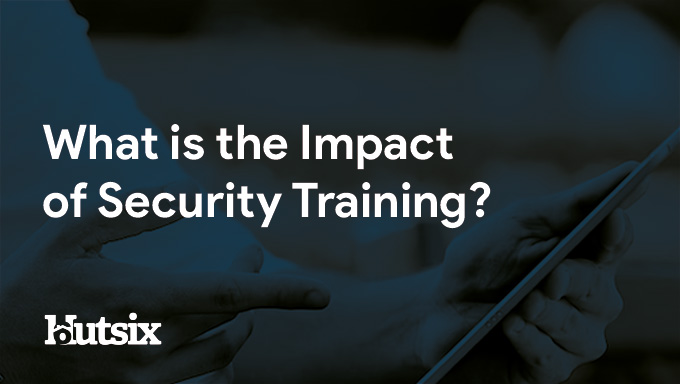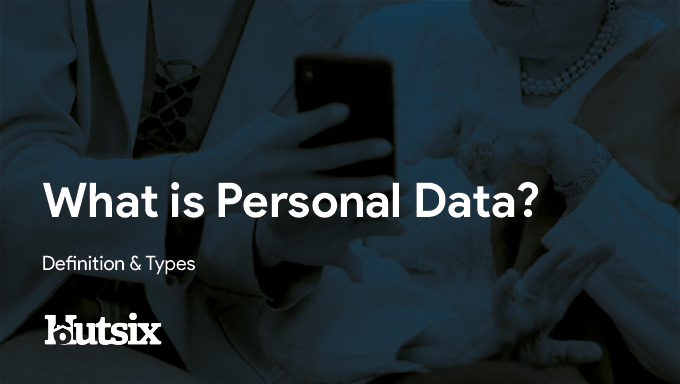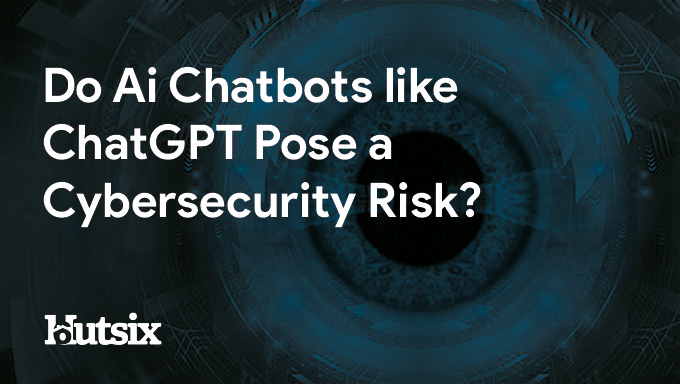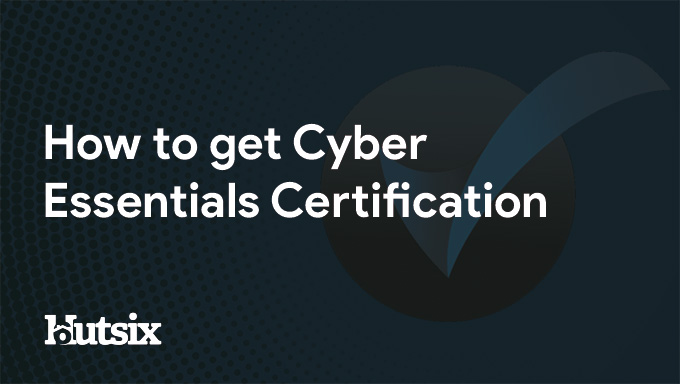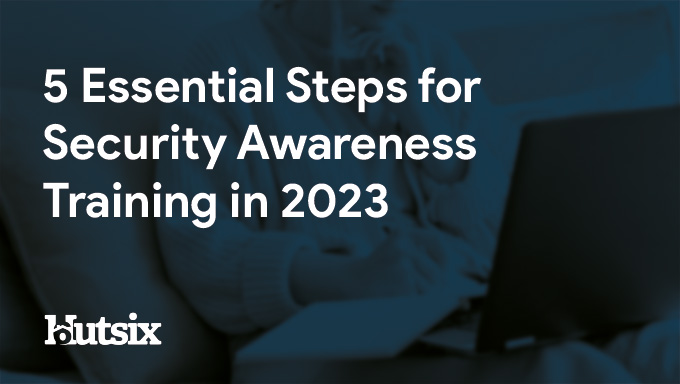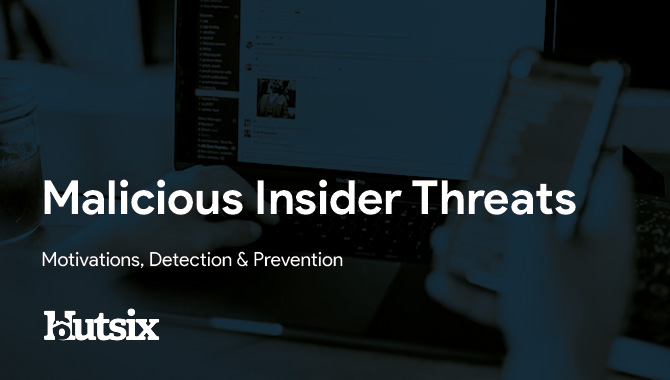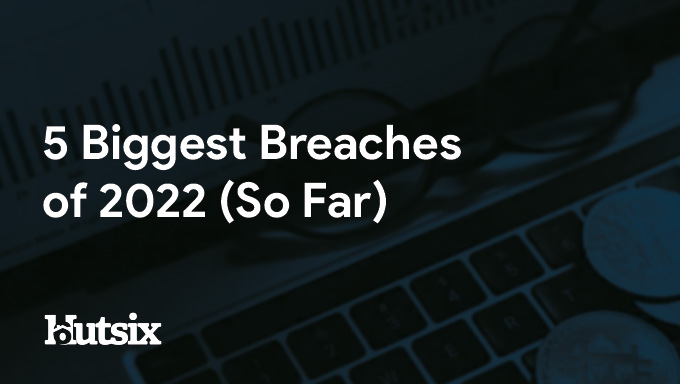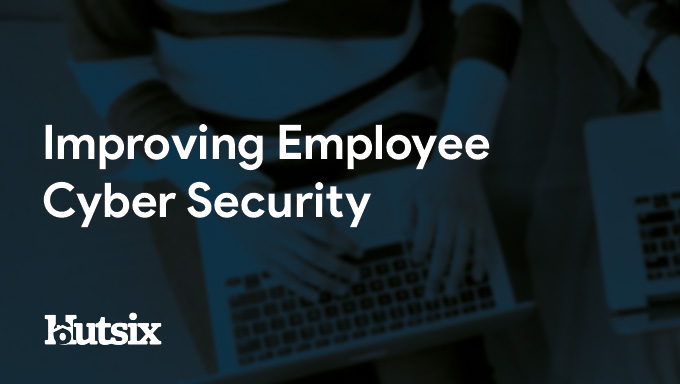Accessible Security Awareness Training
How to Include Every Employee
Security awareness training is only as strong as its reach. If even one employee can't engage with the content, due to how it's presented, structured, or accessed, that's a gap in your defence.
Now imagine this happening quietly, unnoticed. Maybe someone with a visual impairment can't interact with a module properly. Maybe a neurodivergent colleague finds the layout overwhelming. It's not about blame. It's about design. And in security, overlooking just one person can create a risk that affects everyone.
Here's the thing: accessibility isn't an add-on. It's not a checklist, or a paragraph at the bottom of a policy document. It's a mindset. Inclusive security awareness training helps every employee feel confident, capable, and prepared, not just the ones who fit a narrow mould.
In this article, we'll show you how to build security training that works for everyone, not just the majority. Because when your team is empowered, your organisation is protected.
The Business Case for Inclusive Training
Accessibility isn't just a checkbox
You might hear the word accessibility and think of ramps, subtitles, or font sizes. But in cybersecurity training, it's much more than that. It's about making sure every employee, in every department, can actually take part in your security efforts.
The Equality Act 2010 makes it clear: organisations have a legal obligation to ensure their systems and services are accessible. But even if that law didn't exist, it just makes sense. Why? Because inaccessible training means vulnerable gaps, and in security, gaps become risks.
Better access = better outcomes
When training is inclusive, people engage. They remember what they've learned. They feel part of the solution. And that sense of ownership is a quiet superpower in building a strong security culture.
It's also about results. Inclusive security awareness training improves behaviour across the board, reduces user error, and supports compliance with frameworks like GDPR, ISO 27001, and SOC 2. You're not just ticking boxes. You're actively strengthening your human firewall.
Let's not forget the cultural impact either. When your team sees that you've made the effort to include everyone, whether they use a screen reader or just prefer simple language, they notice. And they respond with trust, loyalty, and buy-in.
So, if you want your training to land, and stick, it has to work for everyone. Not just the tech-savvy. Not just the neurotypical. Everyone.
Looking to learn more about inclusive training?
Talk to one of our experts about effective training now.
Who Might Be Getting Left Behind?
It's not just about screen readers
When we talk about accessibility, people often jump straight to physical disabilities. But there's a much bigger picture. True inclusivity means thinking beyond obvious impairments and recognising the quiet barriers that stop people from learning effectively.
Yes, a visually impaired employee might need screen reader compatibility. But what about someone with ADHD, who struggles with dense text and long modules? Or a team member who speaks English as a second language? Or someone new to tech, who finds even basic interfaces overwhelming?
Thinking beyond physical access
Let's break it down. Here are some groups who often slip through the cracks in traditional security awareness training:
- Neurodivergent employees -- those with ADHD, dyslexia, or autism may need clear layouts, calm pacing, and low-sensory content.
- Hearing-impaired users -- without captions or transcripts, video-based content becomes a blocker, not a tool.
- Non-native English speakers -- complex language and idioms can obscure essential meaning.
- Digitally excluded workers -- not everyone is fluent in tech. Some might be frontline, part-time, or using outdated equipment.
You know what the worst part is? These employees often won't complain. They'll just disengage. Not out of apathy, but because they've learned that these tools weren't designed for them in the first place.
That's where inclusive training changes everything. It says: You belong here. This is for you, too.
Read More: Security Awareness Training for Public Sector Employees
Accessibility in Action: What Inclusive Training Really Looks Like
Formats that flex
Accessible training isn't about reinventing the wheel. It's about designing with real people in mind.
Let's say someone prefers to read instead of watch a video. Easy, offer transcripts. Another person might learn best through listening on their commute, so give them audio options. Someone else needs to navigate by keyboard rather than mouse, make sure your platform supports that.
You don’t need fancy tech. You need flexible formats. Hut Six training modules, for instance, are built to adapt—short, digestible, mobile-friendly, and WCAG-compliant out of the box.
The Web Content Accessibility Guidelines (WCAG) define international standards for designing content that’s accessible to people with disabilities. These standards include three levels of conformance: Level A, Level AA, and Level AAA.
Hut Six’s Information Security Course is fully conformant with WCAG 2.1 Level AA, which means the training meets accessibility standards without exceptions. That’s not just a technical win—it’s a signal that your training is built for real people, in real workplaces.
Accessibility Statement for Hut Six Information Security Courses
Features that support real learning
Accessibility isn't just about access. It's about understanding.
Here's how effective training helps every learner:
- Closed captions make video content usable for everyone, not just those with hearing impairments.
- Plain language removes confusion. No jargon. No filler. Just what matters.
- Clean, consistent interfaces reduce cognitive load. (Neurodivergent users especially benefit from predictable layouts.)
- Interactive scenarios offer real-life context, helping learners retain information through action, not just theory.
- Keyboard navigation and screen reader compatibility make training usable for people with mobility or vision challenges.
- Mobile accessibility means staff can complete training wherever they are, desk, home, factory floor.
You know what? Sometimes the fix is simple. It's just thinking ahead. Accessibility doesn't slow things down. It speeds up learning, because nobody's stuck waiting for help, or worse, skipping it altogether.
And when it's built in from the start, it doesn't feel like an "extra". It just works.
Read More: Top 10 Tips for Effective Online Security Awareness Training
Accessibility and the Phishing Simulator: A Missed Opportunity?
Realism meets inclusivity
Phishing simulations are one of the most effective tools in your cybersecurity kit. But they're also one of the easiest to get wrong, especially when it comes to accessibility.
Think about it. A typical simulation drops a suspicious email into someone's inbox, tracks who clicks, then reports back to management. But what happens if that employee struggles with visual layouts? Or if they're using assistive tech that doesn't interpret the email properly? What if they click not because they're careless, but because the simulation didn't account for their needs?
That's not a fair test. That's just bad design.
Point-in-time learning that meets people where they are
Here's where Hut Six's phishing simulator takes a different route. It's not about naming and shaming. It's about teaching, in the moment, in a way that makes sense.
If someone falls for a simulated phish, they get a short, accessible training piece, right then and there. No delay. No embarrassment. Just clarity. That's how real learning happens.
Each campaign tracks opens, clicks, and submissions, so you can see where people struggle, and respond with support, not judgement.
It's also fully integrated with the same platform as the training modules, which means consistent design, predictable navigation, and full WCAG compliance.
Because accessibility doesn't end with awareness modules. If you want to include everyone, simulations need to be part of that picture too.
Building Accessibility Into Your Security Culture
It's not just about the tech
Let's be honest. You can have the best training platform in the world, but if your culture treats accessibility as an afterthought, people will feel it.
Accessibility starts with how you talk about security. Do you assume everyone learns the same way? Are you only rolling out training once a year, expecting everyone to remember it? Are employees comfortable giving feedback, or do they just tick the box and move on?
You can't bolt inclusivity on after the fact. It has to be part of the process.
Ask, adapt, include
Here's what building a truly inclusive security culture looks like:
- Ask your people what works. Run short feedback surveys after training. Leave space for suggestions, not just ratings.
- Adapt based on real needs. Got staff working night shifts or in low-bandwidth areas? Make sure they can access content when and how they need it.
- Include everyone in the solution. That means working with HR, IT, and even comms to make sure your message lands, and sticks.
The good news? Hut Six supports all of this. From customisable modules to flexible roll-out options, the platform is designed to fit real organisations, not just ideal ones.
Because the best security culture is the one that sees people first.
Read More: Why Phishing Simulations Still Work
Security Training That Works for Everyone
Inclusivity is security
Inaccessible training doesn't just exclude people. It weakens your defences. When even one person is left out, the whole system suffers. That's why inclusive security awareness training isn't a nice-to-have, it's a must-have.
And the truth is, making your training accessible doesn't mean overhauling everything. It means designing with people in mind, right from the start. Different learning styles, different needs, different ways of engaging, it all counts.
At Hut Six, we build tools that help organisations train smarter. Short modules, ethical phishing simulations, customisable content, all delivered on a platform that works for everyone, not just the most digitally confident.
Accessibility Statement for Hut Six Information Security Courses
Security Awareness for your Organisation
Enjoyed our blog? Learn more about how Hut Six can help improve you security awareness with training and simulated phishing. Start a free trial now, or book a meeting with one of our experts.
Featured
What is the Impact of Security Awareness Training? - Hut Six
Discover the Impact of Security Awareness Training: Prevent breaches, foster culture, & build trust.
What is Personal Data?
Learn about personal data, its types, and significance in data protection. Explore general and special category data, as well as pseudonymised and anonymised data under the GDPR.
Who Does GDPR Apply To?
Who Does GDPR Apply To? And Other Data Protection Questions/ Information Security blog by Information security awareness provider Hut Six Security.
Does ChatGPT Pose a Cybersecurity Risk
In this blog post, we explore whether AI chatbots like ChatGPT pose a cybersecurity risk. We delve into the potential vulnerabilities and threats posed by chatbots, and discuss measures that can be taken to mitigate these risks. Read on to discover how you can ensure the security of your organisation's chatbot interactions.
How Do I Get Cyber Essentials Certified?
Learn how to obtain Cyber Essentials certification and enhance your organization's cybersecurity posture with our comprehensive guide. Our expert insights will help you navigate the certification process to meet the requirements for Cyber Essentials.
Essential Steps for Security Awareness Training
Starting a security awareness training campaign? Here are 5 essential steps to help ensure information security success.
Malicious Insider Threats - Meaning & Examples
Malicious insider threats can cause massive problems. Here we examine some of the motivations behind attacks and methods of detection organisations can use to reduce risk.
5 Biggest Breaches of 2022 (So Far)
Five of the biggest and most significant data breaches, hacks, and information security attacks of 2022 (so far).
Auditing for GDPR Compliance
Questions to consider when auditing your business or SME for General Data Protection Regulation (GDPR) compliance.
Improving Employee Cyber Security
With human error responsible for many breaches and attacks, we offer some helpful areas for improving employee security compliance.



